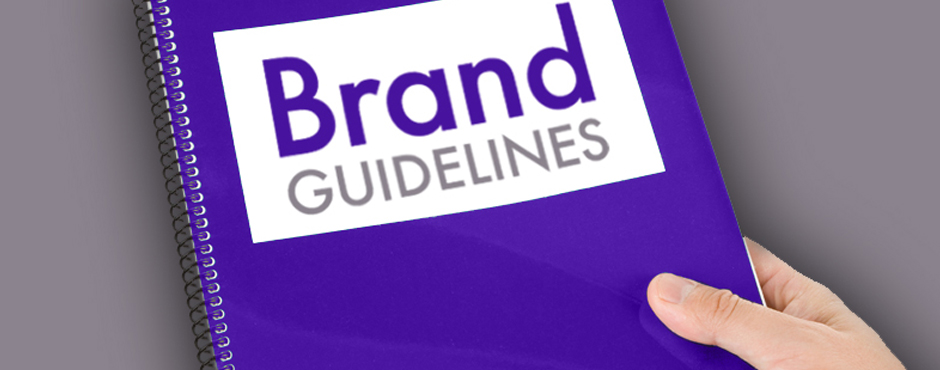So you’ve created a brand… What was once just a nugget of an idea has been researched, developed, designed and finally brought to life. The result of all that hard work is a complete identity that will embody all the values of your product or service. Now it’s time to release that new brand into the market for whom it was created. Time to pop open the bubbly and celebrate? Well, not just yet. Before you unleash your brand into the consumer world, there’s one more important step you need to take to ensure its success: you need to provide it with proper brand guidelines to steer it in the right direction. What are brand guidelines? Brand guidelines are a detailed outline of a brand’s essence, explaining everything from brand positioning to visual identity. They will form a document that will act as a reference tool of standards. In other words, they’re an “owner’s manual” for your brand. The standards given in brand guidelines provide direction in times of potential branding mishaps – say, for instance, an inappropriate use of a logo, which would result in inaccurate brand representation. Basically, it all boils down to consistency. The role of brand guidelines is to keep a brand consistent within its identity, and a consistent identity aids strength of brand. Is there any room for maneuvering? Of course. Consistency is the key to the strength of a brand’s identity, but that doesn’t mean there shouldn’t be a little leeway allowed for. Overzealous guidelines will only serve to box your brand into a corner. If guidelines are too restrictive – simply “insert photo here” – the brand won’t be able to thrive. It must be given room to breathe within its guidelines. And the creative team working with the brand should be able to convey effective messaging, without having to check their brains at the door. Know your guidelines What’s important to remember is that a vested interest into the inner workings of your brand needs to be present at onset. Unlike the one you use for your car, this owner’s manual isn’t just something to consult when malfunctions arise. Instead, you need to ensure everyone working with the brand understands its identity, values, culture and how it communicates to its market. Brand guidelines should not only be made available at all times, but also clearly understood and referred to often. Brand guideline must-haves
- Brand definition: A clear definition of the brand should include all aspects regarding brand positioning, brand voice and brand management.
- Logo, icon and positioning statement applications: After the brand has been defined, it then requires having a complete illustration of the brand’s logo(s) and their components as part of the visual identity.
- Colour palette: The colours associated with the brand’s visual identity make up its palette. All colour values must be indicated in their various conversions for all forms of media.
- Identity restrictions: Unacceptable identity logo usage needs to be detailed in diagram form.
- Identity sizing and clearance: Minimum sizing and a measurement for logo clear space needs to be indicated.
- Identity typography: All typefaces, their sizes and weights as well as any typesetting requirements should be outlined.
- Trademarking: Any trademarks or legal lines that need to be present on graphic material, need to be stated.
- Brand visuals: Visual elements including photography and graphics associated with the brand need to be shown.
- Sample identity usage: Examples of acceptable advertising, promotion materials or signage while adhering to brand guidelines help to solidify requirements.
Anyone who has assisted in creating a brand knows the importance of brand guidelines. Successful branding starts with a clear identity and guidelines that promote consistency in its use yet allows for brand growth. In turn, the brand can thrive and build in value. The role of effective brand guidelines is essential to keeping your brand on the track to success. How much weight do you put on brand guidelines?

